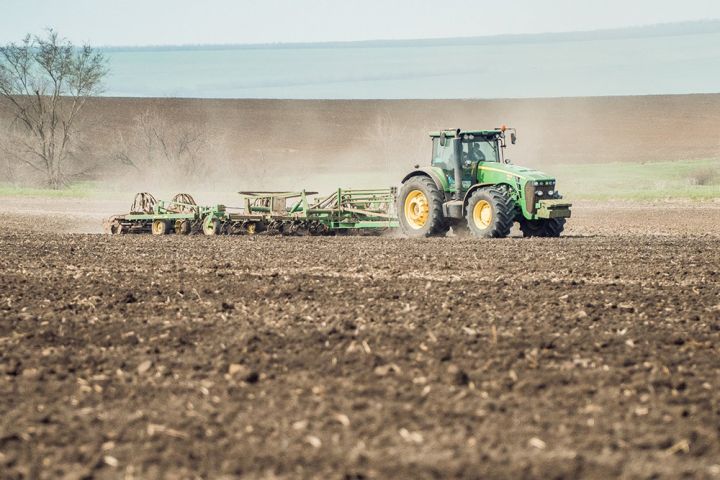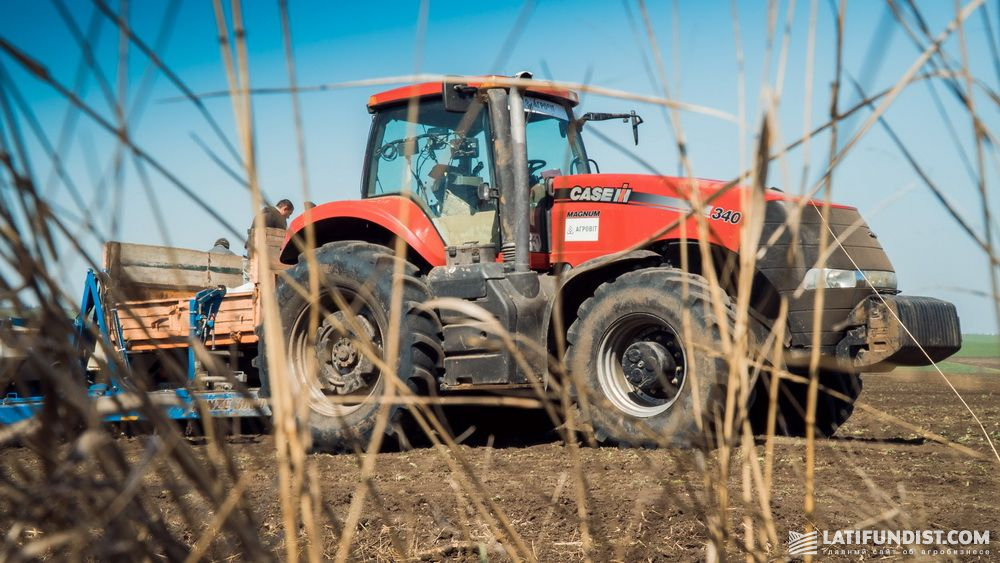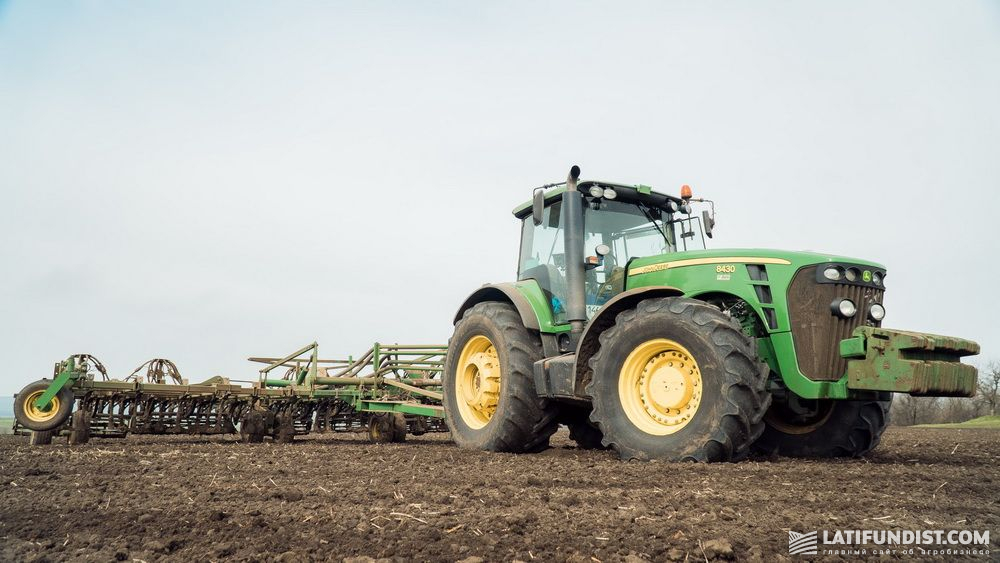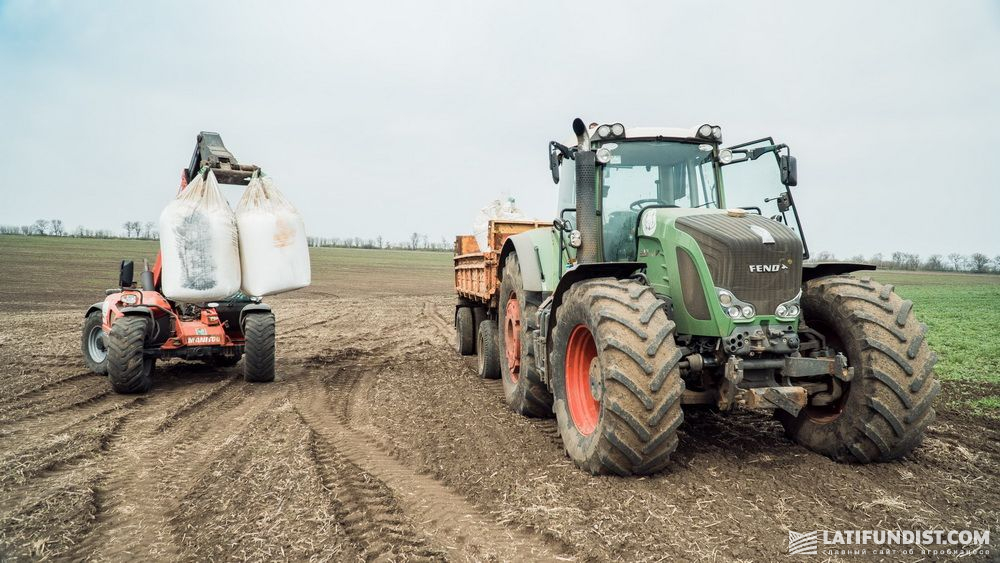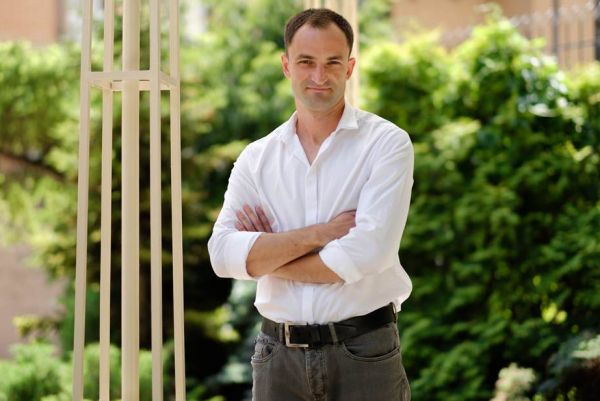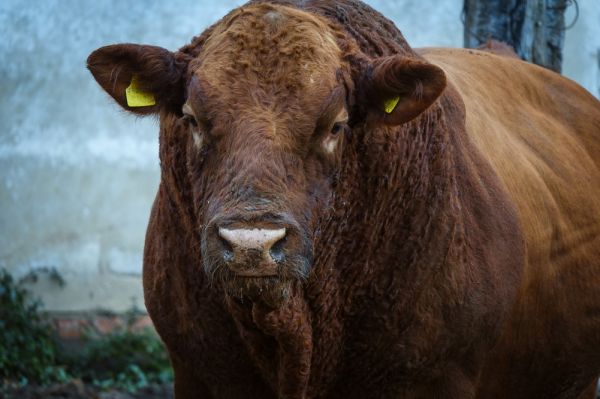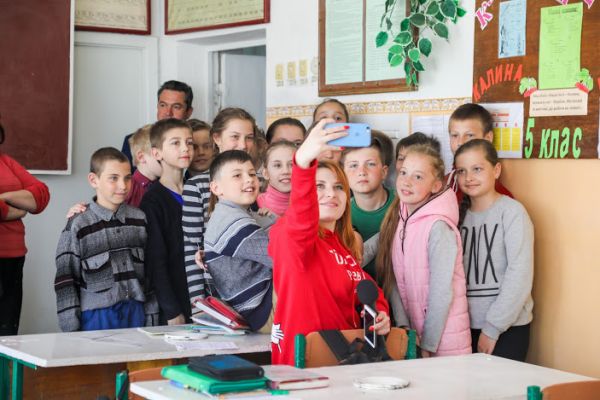Agrain’s Guidelines for Planting 2019 Preparation
It is too early to project, but in the year 2019, the agrarians may be pleased with rich harvests. At least, the start of the season was fairly well. According to experts of the Ministry of Agrarian Policy and Food of Ukraine, the condition of winter grain crops in Ukraine this year is the best in the last five years. To confirm this information, Latifundist.com decided to speak with the leading agronomist at Agrain Alexei Skalyga. Moreover, we are set to find out how the agrogroup prepares for the challenges of the sowing campaign in 2019, which crops it focuses on and what it has planned for the current year.
Latifundist.com: Alexei, what will be the company's crop rotation in 2019? How are the areas under the main crops distributed and what percentage will they occupy?
Alexei Skalyga: This year, out of 110 thousand hectares of farmland we have allocated 34.2 thousand hectares for wheat, 23.5 thousand hectares for grain corn, 15 thousand hectares for rapeseed, 11.3 thousand hectares for sunflower, 1.8 thousand hectares for silage corn, 1.3 thousand hectares for soybean, 1 thousand hectares for winter barley, 5.2 thousand hectares for pastures, annual and perennial grasses, hayfields and forage. That is, 94.5% of the areas are under the main crops. In particular, 53.7% will be occupied by winter crops, 38.9% under the spring crops (except for silage corn), and forage crops including silage corn will occupy 12.9%.
Latifundist.com: Has the size of the area for crops somehow changed from the previous year?
Alexei Skalyga: Yes, the area for winter crops has been increased by 1 thousand hectares.
Latifundist.com: What crop and why is considered strategic in your company?
Alexei Skalyga: Strategic is the crop that provides the highest profitability. In this case, depending on the region, among such crops are corn, sunflower and rapeseed.
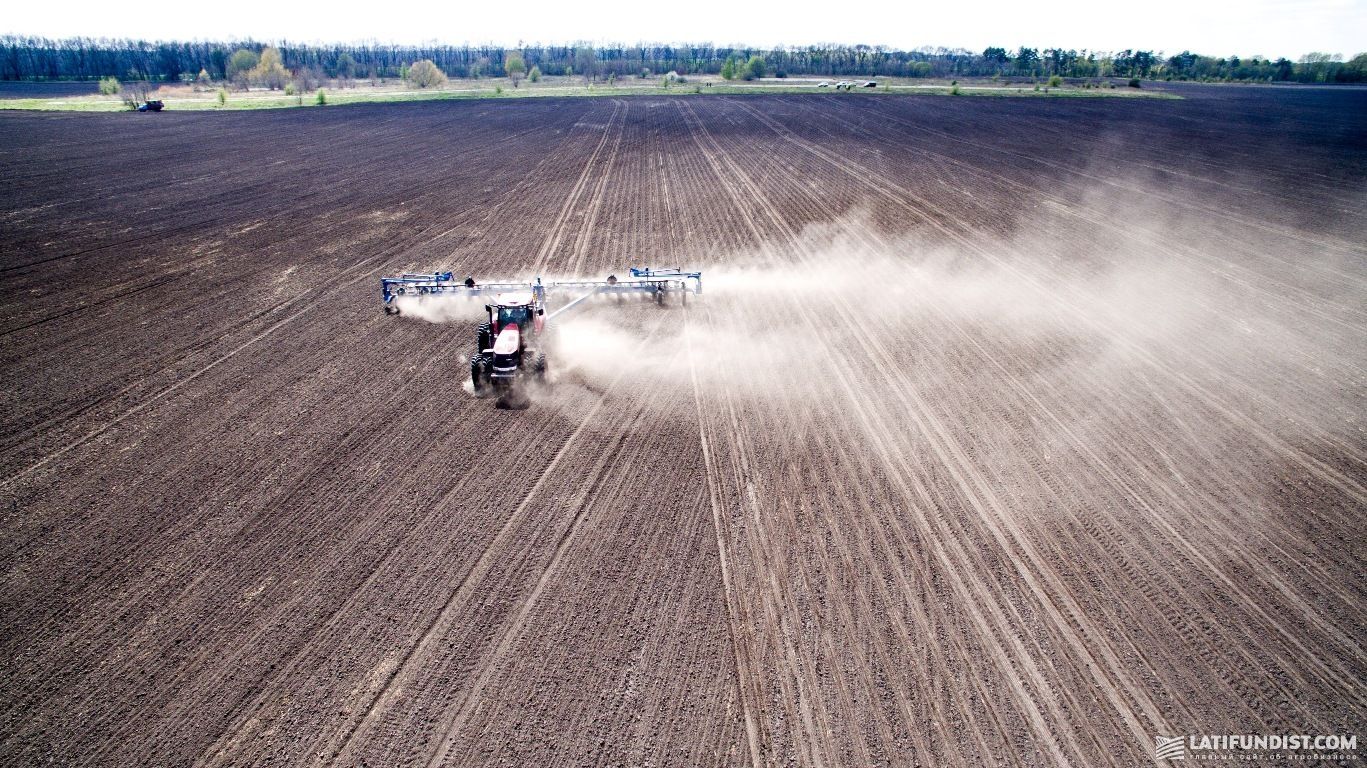
Latifundist.com: Were there niche crops in the Agrain crop rotation before? Do you plan to sow them in the current year?
Alexei Skalyga: There were none before, but this year we will try chickpeas on an area of 475 hectares.
Latifundist.com: What were the yield results given in 2018 by the main crops for the company? What are your plans for the coming season?
Alexei Skalyga: Last production season, wheat yielded 4.12 t/ha and for 2019 the yield is planned at 5.13 t/ha. Barley yielded 3.92 t/ha last year, and this year we expect 5.3 t/ha. Rapeseed was harvested at 2.59 t/ha, while this year 2.76 t/ha are projected. The yield of sunflower last year was 2.78 t/ha, the plan for this year is 2.65 t/ha. Corn gave 10.52 t/ha, the plan for this year is 8.4 t/ha. Soybean yielded 2.52 t/ha, but in 2019 it is planned to harvest 2.54 t/ha.
Latifundist.com: What are these changes connected with?
Alexei Skalyga: This is connected with weather conditions. Last year spring was more arid, thus, spring crops yielded less than planned. Late crops, on the contrary, showed the best result thanks to rains in late July and early August.
Latifundist.com: Is the company fully supplied with seeds, crop protection products and fertilizers for the start of planting 2019?
Alexei Skalyga: The agreements on seeds and plant protection products supplies are signed. So far, it makes no sense in buying more and stocking up. The need for them will arise in six weeks, not earlier. As for fertilizers for winter crops, 95% are already provided, while supplies for spring crops have not been made.
Latifundist.com: What are the volumes of imported seeds, crop protection products and fertilizers? What is the share of domestic products?
Alexei Skalyga: Rapeseed, sunflower, corn, soybean, winter barley are 100% imported seeds. 90% of wheat is imported, and 10% is of Ukrainian selection. Corn seeds are mainly by Monsanto (DECALB), Syngenta, KWS, we also try Euralis, Limagrain Ukraine, and Corteva Agriscience.
Almost all sunflower is by Syngenta, a small part of it is by Corteva Agriscience, Limagrain and Euralis. As for rapeseed, about 95% are NPZ-Lembke seeds, Syngenta seeds and we try Corteva Agriscience. Soy seeds are of the company Prograin, and barley is by Syngenta. Wheat seeds are of Saaten-Union, Strube, Limagrain Ukraine, DSV-Ukraine and OSEVA, in addition, part of the seeds is of Ukrainian breeding by the Institute of Plant Physiology and Genetics of the National Academy of Sciences of Ukraine.
About 95% of plant protection products are imported, and 5% are Ukrainian. We also import 60% of fertilizers.
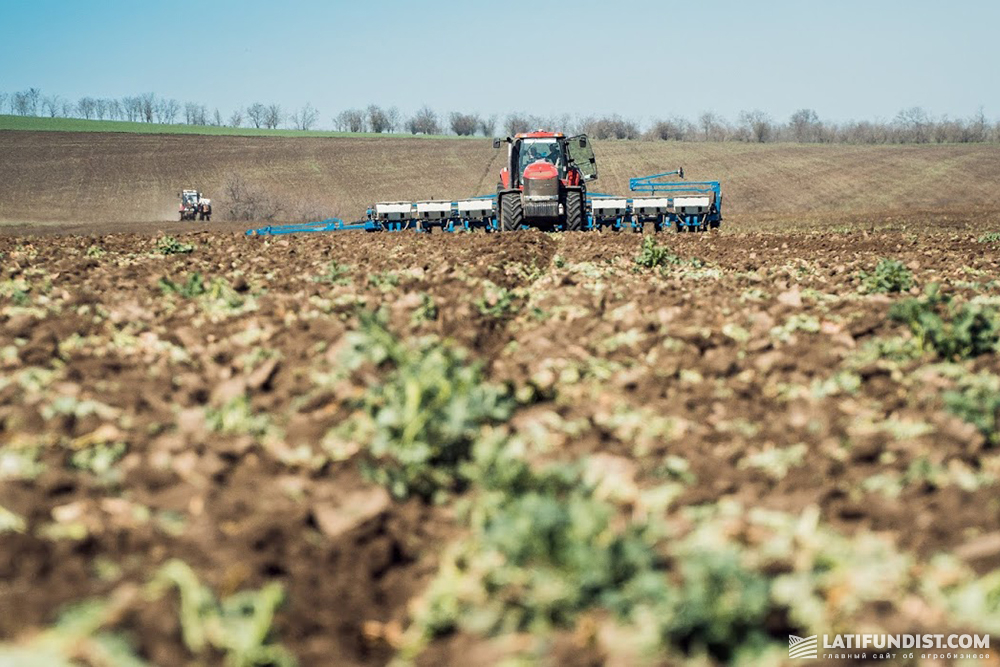
Latifundist.com: Why do you give preference to foreign producers?
Alexei Skalyga: If speaking about seeds, it is a higher yield potential. As for plant protection products, it is quality. Moreover, there are no analogues of most products in Ukraine. If we take fertilizers, it is the price/quality ratio and the option of import supplies. If deliveries from abroad are impossible, we buy Ukrainian products. However, if the import analogue is of the same quality as the domestic one, yet cheaper, then we give preference to the former.
Latifundist.com: Which products do you prefer: originators or post-patent? Why?
Alexei Skalyga: Depends on the product itself. In some cases, one can use post-patent products, while in others it is not possible. In addition, we do not want to risk with those, as most of the next harvest depends on this product. This is one point. Secondly, there are products that have no post-patent ones. Let's just say, we stick more to the "classics". We apply 50% of original preparations and 50% of post-patent.
Latifundist.com: Is the machinery fleet ready for the start of planting campaign? Has it been updated or modernized in the offseason? Are there enough spare parts provided?
Alexei Skalyga: At the moment, the machinery is being prepared for spring fieldwork, it is being repaired and spare parts are being delivered. Fertilizer spreaders are already bought. It is planned to purchase five low powered John Deere tractors (130 hp) for aggregation with sprayers. The available 340 hp machinery will be used for harder works. In addition, depending on the region, Berthoud and AMAZONE trailed sprayers and a small number of broadcast seeders, as well as Case IH cultivators for broadcast tillage are purchased.

Latifundist.com: What are your priorities when planning expenditures for planting? Will you have to save on fertilizers, seeds and fuel during the spring fieldwork?
Alexei Skalyga: As for plant protection products, if there is an option to buy a post-patent product instead of an originator, we take a post-patent. Well, there is principally nothing more to save on.
We plan not to save on fertilizers and seeds. Cheapest is the dearest. If we buy cheap seeds, accordingly, we will initially have a low potential for the productivity of this variety or hybrid. That's why even under the most favourable conditions high yields should not be counted on.
Latifundist.com: Have you had fertilizer shortage this year? How much was provided?
Alexei Skalyga: There is a lack of high-quality ammonium sulfate in Ukraine. Basically, it was imported from Belarus. And what we lack the most can only be delivered in late March. But for fertilizing winter crops, it is late. Because of this, it is planned to replace part of ammonium sulfate with carbamide or nitrate. That is, the nitrogen quantity remains the same, although this year it was planned to increase the application of ammonium sulfate. As a result, we will give the same amount as last year.
Latifundist.com: Have you considered cooperation with another producer of these fertilizers?
Alexei Skalyga: It is either too expensive, or the quality does not suit us. We use granulated ammonium sulfate. There are no high-quality granules from what we were offered, or the manufacturer has already sold out.
Latifundist.com: What was winter crops condition in the company's fields when winter started? How would you assess their condition today?
Alexei Skalyga: Winter crops are now in good condition, just as they were in early winter. By the way, the condition of winter crops in the south of Odesa region improved due to high for the period temperatures within three weeks (from +2 °C to +10-15 °C). According to forecasts, weak frosts are expected, but there will be no extreme -25 °C. The condition of winter crops may be affected by early spring slight frosts when the vegetation resumes. These frosts are, let's say, occasional and can occur in any region. They cannot be forecast.
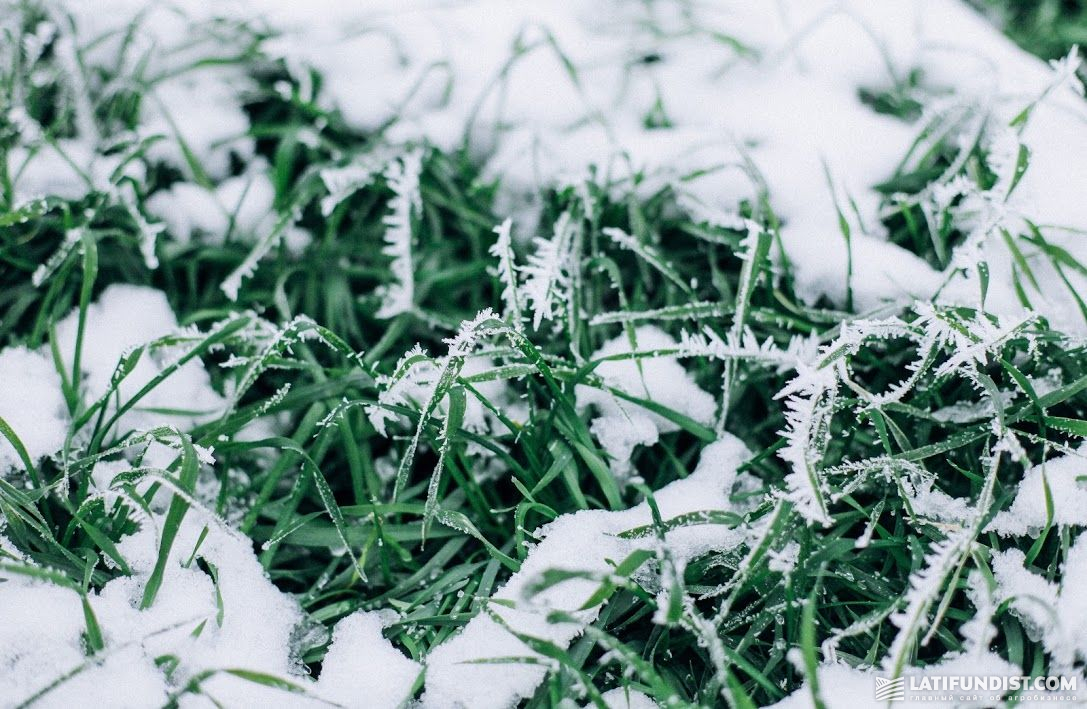
Latifundist.com: What is the specifics of the current season compared to the sowing campaign of 2018?
Alexei Skalyga: Generally speaking, nothing has changed from the past year. We revised the range of corn hybrids a bit. Considering the yield in a particular region, we increased the volume of one hybrid and reduced the number of other seeds, and we overviewed the ratio of hybrids within the farm and within the agroholding. In particular, we stop using SAATBAU LINZ products but increase the area under DSV-Ukraine and DECALB in Chernihiv region. Last year we had a small amount of Syngenta, whereas this year there is more. Besides, it is planned to plant more KWS seeds.
Latifundist.com: In your opinion, does the state make any steps towards the agricultural sector? What do you expect from it?
Alexei Skalyga: One may expect a lot, yet it is better to act. The main thing is that the state does not interfere with our work. There are times when help is needed in the state settlement of certain issues. For example, there is no well-functioning production of fertilizers in Ukraine. It is clear that the plants are private, but the agreements with their owners should have been reached in advance. At the moment, Ukraine has no import from Russia, still, our country cannot provide itself with this product.
As for the registration of products, Germany, Austria, the U.S. and other countries have it simplified. But if the product is registered in Germany, for instance, why not just translate this certification into Ukrainian and call it a day? On the contrary, one has to undergo bureaucratic procedures and additional registration. In this respect, Ukraine is 3-5 years behind. What we call new is already outdated in Europe. What we have here is the previous generation of products or seed hybrids.
Latifundist.com: What can you say about the government support and refund program?
Alexei Skalyga: The fact that the state provides a 25% compensation for made in Ukraine agricultural machinery is already an achievement. We buy loaders, cultivators, MTZ tractors.
In any case, no matter how the situation develops, there is much to be done and we are ready for it.
Anna Ombodi, Latifundist.com

